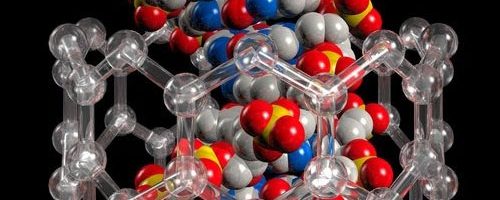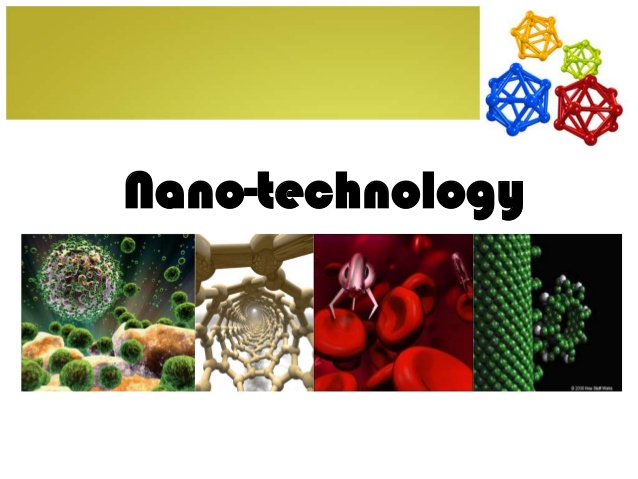🔬 Biological _ Electrical Nanosensors Section
Various applications for biological-electrical nanosensors (Nano bio sensor)
Researcher and Author: Dr. ( Afshin Rashid)
Note: Nano bio sensors are a group of sensors that are designed to react with only a specific substance. The result of this reaction is a signal that a microprocessor can analyze.
Biosensors have attracted the attention of many research centers in recent years. Since biosensors are powerful tools for identifying biological molecules, they are now used in various medical sciences, chemical industries, food industries, environmental monitoring, pharmaceutical and health product production, etc. Nano biosensors The human sense of smell and taste, which identifies different smells and tastes, or the immune system, which identifies millions of different types of molecules , are examples of natural biosensors. The most common use of biosensors is in medical diagnostics and laboratory sciences. Currently, glucose biosensors are among the most successful biosensors on the market, which are used to measure the blood glucose concentration of diabetic patients. The pancreas of diabetic patients does not produce enough insulin. In such cases, it is used to regulate. Insulin is essential for continuous measurement of blood glucose levels. Sensors help patients with diabetes measure their blood glucose levels throughout the day and inject insulin when needed.
Various applications for biological nanosensors (Nano biosensor) are mentioned below:
- Diagnosis and treatment of diseases (cancer, diabetes, etc.)
- Diagnosis of diseases at the gene level (cancer, diabetes, etc.)
- Detection of pathogens
- Measuring drugs and their metabolites, discovering new drugs and evaluating their activity
- Evaluation and measurement of analytes in biological samples
- Rapid diagnosis of diseases using rapid or point-of-care tests. The characteristic of these tests is the speed and cheapness of the testing method.
Conclusion:
Nano bio sensors are a group of sensors that are designed to react with only a specific substance. The result of this reaction is a signal that a microprocessor can analyze.
Researcher and Author: Dr. ( Afshin Rashid)
Specialized PhD in Nano-Microelectronics




